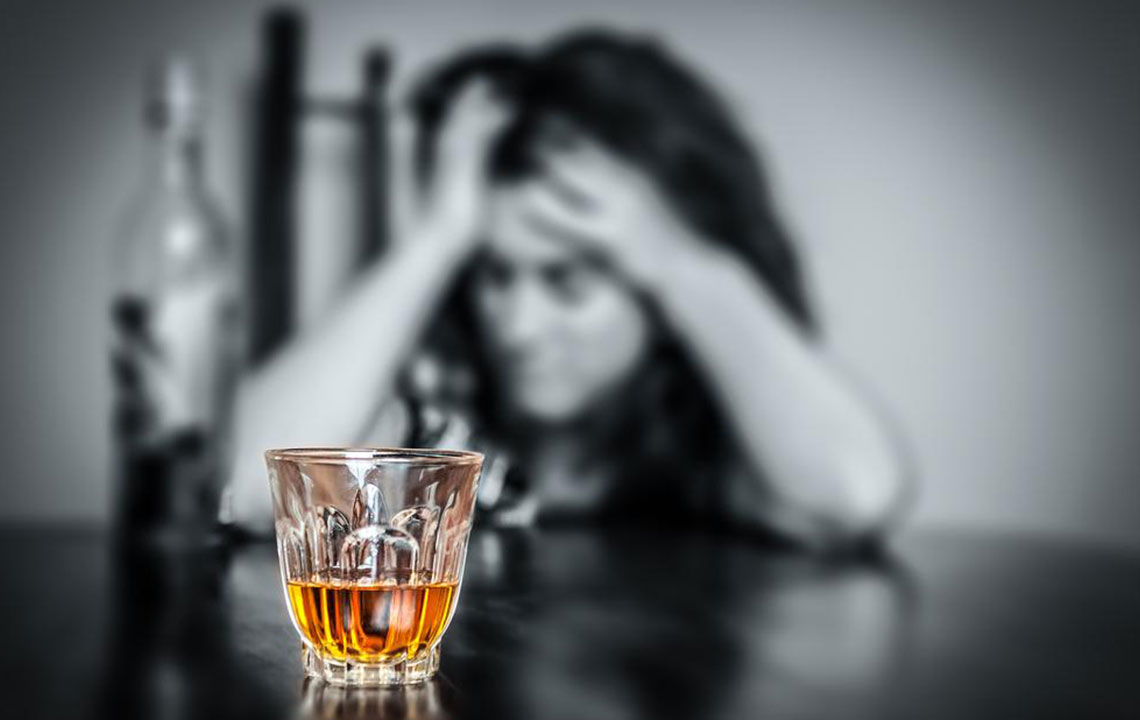Essential Guidelines for Selecting an Effective Recovery Facility
Choosing the right rehabilitation center is vital for effective recovery from addiction. This guide highlights key factors such as treatment goals, program types, amenities, location, and costs to help individuals make informed decisions. Comparing top centers ensures suitable options are considered, enhancing the chances of long-term sobriety and well-being.

Essential Guidelines for Selecting an Effective Recovery Facility
Medical experts highlight that substance dependency often remains overlooked, despite its rising mortality rates. With increasing addiction-related deaths, finding the right rehabilitation center is crucial. Nationwide, numerous centers offer specialized programs and support for individuals and their families. When choosing a facility, consider key aspects such as treatment goals, available therapies, amenities, location, cost, and reputation to ensure the best possible recovery experience.
Defining Rehabilitation Objectives
Different centers specialize in various aspects of recovery. It is essential to identify the specific addiction or behavioral issue needing treatment. For cases involving co-occurring mental health conditions, verify if both require simultaneous intervention.
Setting a detox goal geared towards long-term sobriety can assist in selecting the most suitable facility.
Types of Treatment Programs
The goals of recovery influence the treatment approach chosen. Facilities typically offer two main types:
Inpatient Programs
When dependence is severe, inpatient stays help manage withdrawal symptoms through medical detoxification. Patients may need to remain in the facility for weeks or months as they recover, manage symptoms, and undergo therapy.
Following detoxification, comprehensive therapy sessions help understand the root causes of addiction or behavioral issues. This phase involves counseling, peer support, and medical attention. Many centers incorporate holistic methods that consider physical, mental, and spiritual health. Options for gender-specific, age-specific, or faith-based rehabs are also available.
Outpatient Programs
For less severe cases, outpatient treatments provide flexibility, allowing patients to live at home while attending therapy sessions. Treatment modalities include group therapy, individual counseling, medication management, and skill-building workshops. The duration and intensity depend on the individual's condition and obligations, ranging from a few hours daily to more intensive schedules.
Another important aspect is the amenities offered. Some centers feature luxury accommodations, while others focus on basic facilities that support recovery without unnecessary frills. Location also matters; those receiving outpatient care should choose nearby centers, whereas inpatient treatments benefit from settings away from urban distractions, ideally close to nature to promote healing.
Financial considerations are critical as well. Cost varies widely—from $13,000 to $30,000 for a month-long inpatient program, with outpatient sessions costing up to $500 each, and detoxification procedures reaching $1,000 per day. Upscale private centers can start from $25,000.
Finally, compare top-rated facilities that meet your needs. Notable centers include:
Hazelden Betty Ford Foundation
Alo House Recovery Centers
Ashley Addiction Treatment
Cirque Lodge
Harmony Foundation
Valley Hope of Chandler










